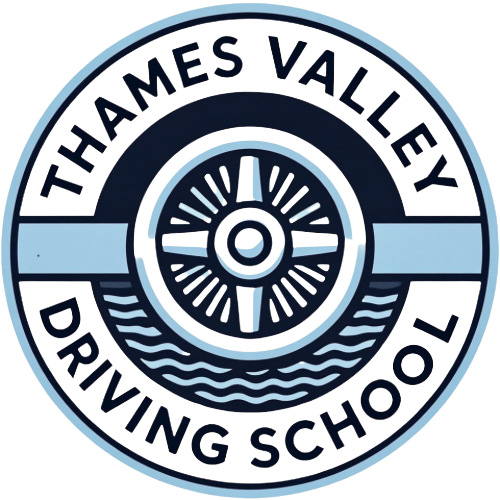In the UK, deciding whether to learn in a manual or automatic car can impact your driving experience, future options, and even long-term costs. While automatics are gaining popularity, learning to drive in a manual car has distinct advantages that make it the better choice for most learners. Here’s why:
Freedom to Drive Any Car
One of the most compelling reasons to learn in a manual car is that it provides greater flexibility and choice. If you pass your driving test in a manual, you’re legally allowed to drive both manual and automatic vehicles. In contrast, passing in an automatic car restricts you to automatic cars only, limiting your options in the future. This means, if you ever need to drive a friend’s car or rent one abroad, your manual licence will offer far more freedom.
Higher Demand for Manual Drivers
Many jobs that involve driving—such as delivery roles, trade work, or driving large vehicles—require manual driving skills. With a manual licence, you’re equipped to take on a broader range of roles, making you a more versatile and attractive candidate to potential employers. Even as automatics become more popular, a significant number of vehicles on the road are still manual, and being able to drive both opens up more opportunities.
Better Understanding of Vehicle Control
Learning in a manual car helps build better overall driving skills. Manual drivers gain more control over the car, including managing gears and clutch engagement, which improves understanding of vehicle mechanics. This deeper knowledge makes it easier to adapt to different driving conditions, such as navigating hilly terrain or driving on icy roads. Many experienced drivers believe that mastering a manual car makes you a more confident and competent driver overall.
Cheaper to Buy and Maintain
In the UK, manual cars are generally cheaper to purchase and maintain than their automatic counterparts. Automatic vehicles often have higher upfront costs and can be more expensive to repair due to the complexity of their gear systems. Insurance premiums for automatics can also be higher, especially for younger drivers, due to the higher replacement costs of automatic gearboxes. By learning in a manual, you have access to a wider range of affordable cars, which is a major consideration for new drivers.
Enhanced Safety through Focus and Attention
Driving a manual car requires more focus and engagement because the driver has to manage gears and clutch control. This added complexity can make drivers more attentive, reducing the likelihood of distractions. While automatics offer convenience, they can sometimes lead to complacency, especially for new drivers still building their skills and road awareness.
Easier Transition to Automatics
If you learn to drive a manual, transitioning to an automatic is straightforward, whereas the reverse can be quite challenging. Mastering the manual gearbox gives you confidence and skills that can be easily applied to automatics, making the switch smoother and less intimidating if you ever choose to drive an automatic car in the future.
The Counterargument: Convenience of Automatics
Despite the clear benefits of learning in a manual, it’s important to acknowledge the appeal of automatics. Automatic cars are easier to drive, especially in heavy traffic, and can reduce the stress of learning for beginners. For learners with physical challenges or coordination issues, automatic cars can make driving more accessible. However, unless these factors are critical, the advantages of learning in a manual generally outweigh the convenience of an automatic for most new drivers.
Final Verdict: Stick with Manual for Long-term Benefits
While automatics may be simpler to learn initially, opting for manual lessons offers greater flexibility, lower costs, and stronger driving skills that will serve you well in the long run. If you’re looking to maximize your options and become a versatile, confident driver, manual is the way to go!
